WOAH Calls for Global Vaccine Investment to Combat Rising Animal and Zoonotic Disease Threats
The World Organisation for Animal Health (WOAH) is sounding the alarm on rising disease threats to both animals and humans, urging global investment in animal vaccines and veterinary systems to curb the spread of infectious diseases and reduce reliance on antibiotics.
In its first-ever global assessment, The State of the World’s Animal Health 2025, WOAH highlights how emerging and re-emerging animal diseases are spreading into new territories and placing unprecedented strain on public health, food security, and ecosystems.
Animal Diseases on the Rise Across Borders
The report documents major animal disease events, including:
Re-emergence of peste des petits ruminants (PPR) in Europe
African swine fever reaching Sri Lanka, traveling over 1,100 miles
A dramatic increase in highly pathogenic avian influenza outbreaks in mammals—more than double the previous year
While most animal diseases don’t jump to humans, nearly 50% of those tracked by WOAH are zoonotic—posing a significant threat to global health.
Vaccination: A Critical Line of Defense
The report emphasizes vaccination as one of the most powerful tools to prevent disease spread, save animal lives, and limit the overuse of antimicrobials.
WOAH points to successful case studies:
Turkey deployed a new foot-and-mouth disease vaccine within 37 days, protecting 90% of its cattle.
France’s mass vaccination of ducks slashed projected avian flu outbreaks from 700 to just 10.
The Philippines leveraged WOAH’s vaccine bank to deliver millions of canine rabies vaccines, reducing rabies cases significantly.
Still, uneven vaccine access remains a barrier—particularly in low- and middle-income countries.
Vaccines and Antimicrobial Resistance (AMR)
WOAH connects gaps in vaccine access to misuse of antibiotics, warning that antimicrobial resistance (AMR) could cause catastrophic consequences by 2050:
Loss of livestock critical to the diets of 2 billion people
Up to $100 trillion in global economic damages
“We can go further by emphasizing disease prevention, with vaccination as an essential component,” said Dr. Javier Yugueros-Marcos, head of WOAH’s AMR department.
Veterinary Infrastructure: The Hidden Hero
The report stresses that vaccines are only effective when supported by:
Strong national veterinary services
Surveillance systems to detect and trace outbreaks
Skilled veterinary professionals with access to diagnostic tools
“A skilled and motivated veterinary workforce is the backbone of any successful vaccination campaign,” the report states.
Frequently Asked Questions (FAQs)
What is the WOAH report on animal health?
The State of the World’s Animal Health 2025 is the first global report by WOAH assessing trends in animal diseases, vaccine access, and antimicrobial resistance. It provides data, policy recommendations, and real-world case studies to guide global action.
Why is vaccination important for animal and public health?
Vaccination reduces disease spread, protects food animals, and prevents zoonotic outbreaks. It also lessens the need for antibiotics, helping fight antimicrobial resistance.
Which diseases are spreading to new regions?
The report notes the reemergence of PPR in Europe, the spread of African swine fever to Sri Lanka, and a surge in avian influenza outbreaks among mammals.
How does WOAH recommend solving these challenges?
WOAH calls for:
Increased global investment in vaccine production and distribution
Strengthening veterinary services
Coordinated international disease surveillance
Educational support for the veterinary workforce
What is WOAH’s vaccine bank?
WOAH’s vaccine bank provides bulk vaccine doses to countries in need. For example, it has distributed nearly 30 million rabies vaccine doses across Africa and Asia.
What’s the link between vaccines and antibiotic use in animals?
When vaccines aren’t available, antibiotics are often misused to treat preventable viral diseases, accelerating antimicrobial resistance—a growing global threat to health and agriculture.

